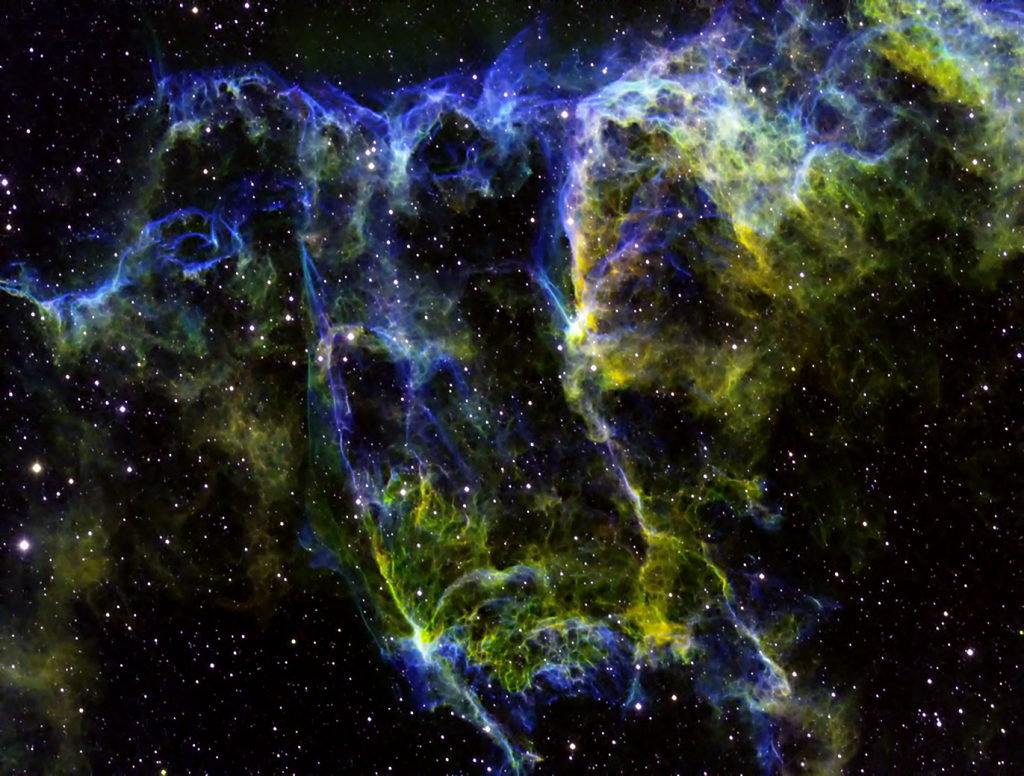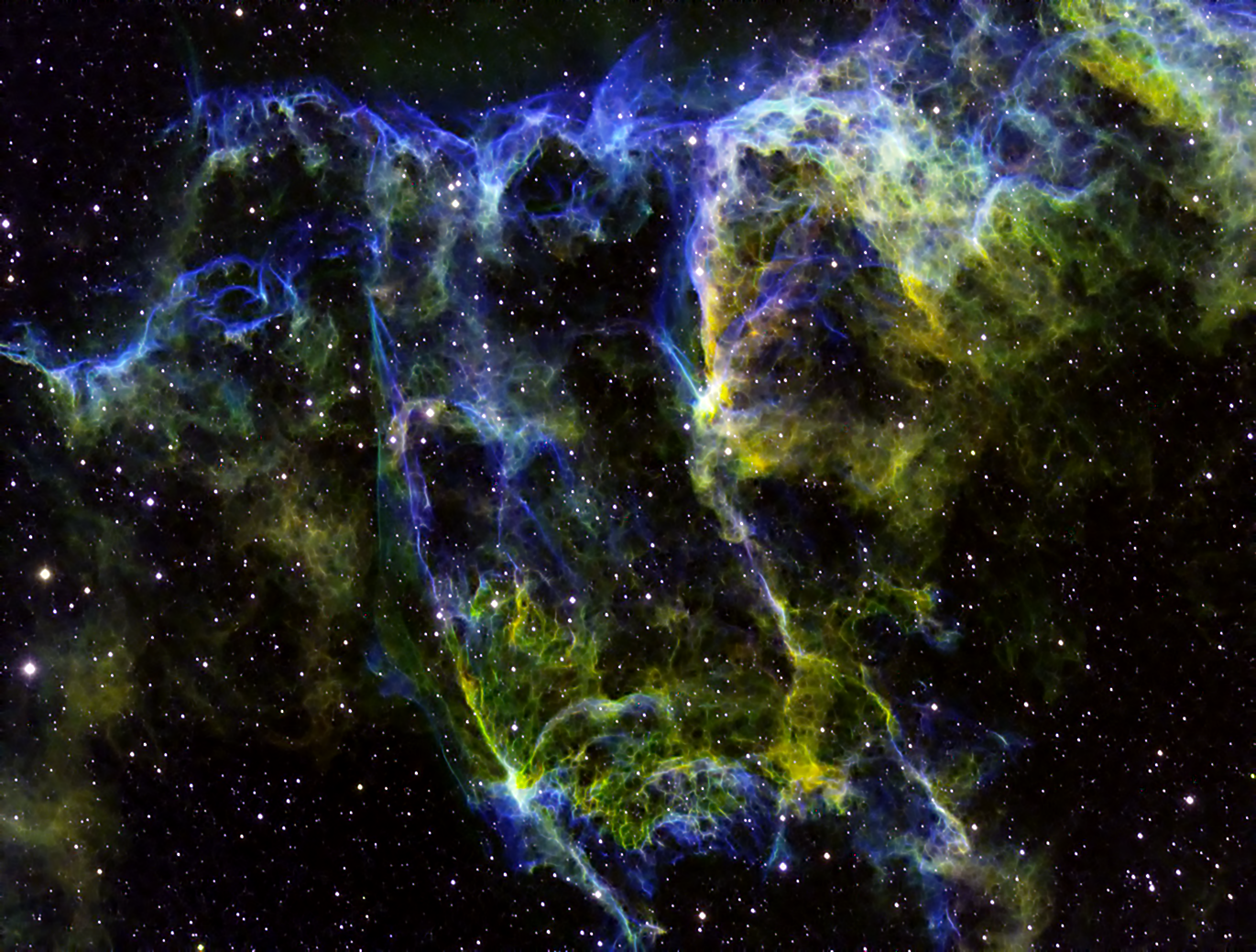
Similar Posts
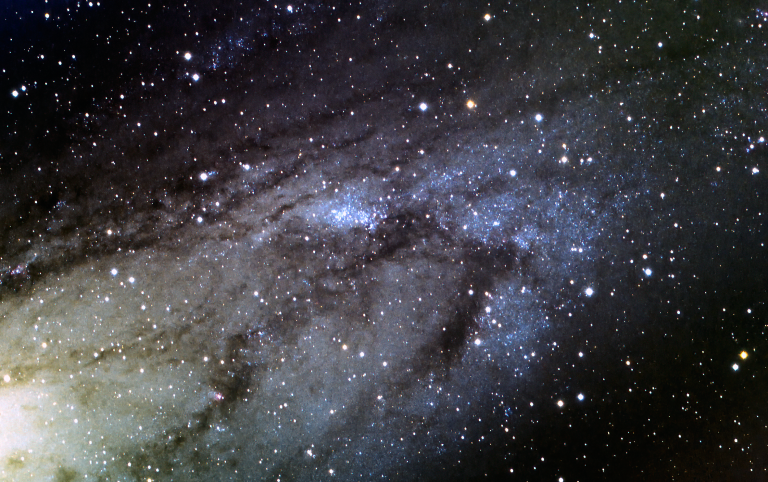
A Star Cloud in Another Galaxy
NGC206 is an unusual object. It’s a cluster of stars, which in itself is not unusual at all… but it’s in ANOTHER GALAXY. The Andromeda Galaxy, to be precise. The fact that we can see it so clearly, two and a half million light-years away, boggles the mind. It’s that cluster of blue stars near…
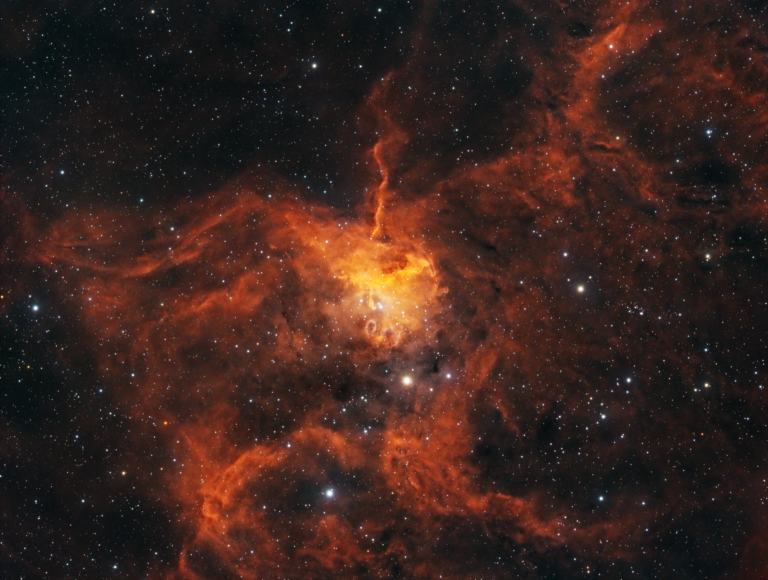
The Spider Nebula
Here’s IC417, commonly known as the “Spider Nebula.” Just outside of the frame is a smaller one called the “Fly Nebula,” but my field of view isn’t quite big enough to capture them together! It’s about 10,000 light-years away, in the constellation Auriga. Imaged over 15 hours; narrowband nebula blended with RGB stars.
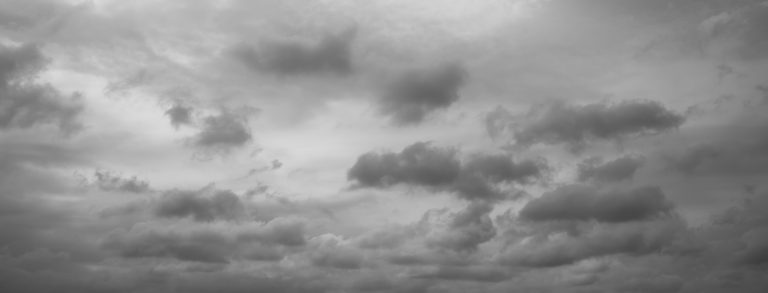
Summertime weather hiatus…
Yeah, it’s been a couple of months since we’ve done a live star party online, or posted any new pictures. That’s just summertime in Central Florida for you – it’s been too cloudy to do any imaging or observing. The skies should start clearing up more in a couple of months, and we have every…
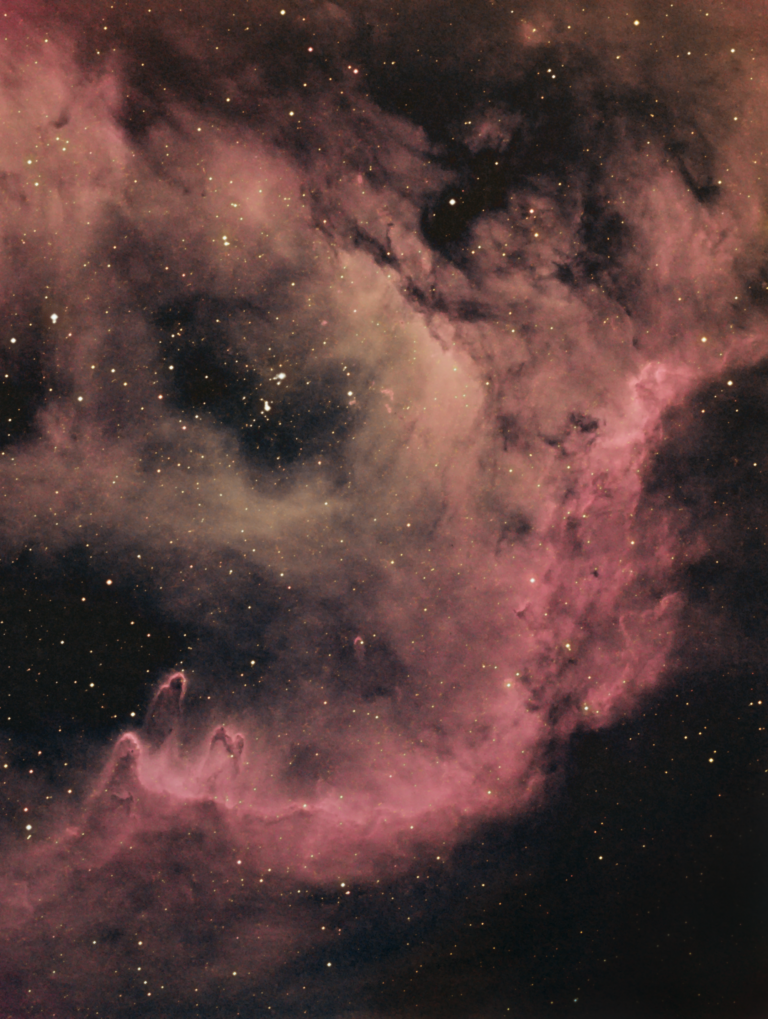
The Baby’s Bottom
This is a small part of a larger nebula called the “Baby Nebula” (also known as the Soul Nebula) in the constellation Cassiopeia. If you see a baby in the larger nebula this is part of, this image would be of the baby’s bottom 🙂 There is a ton of star formation going on in…
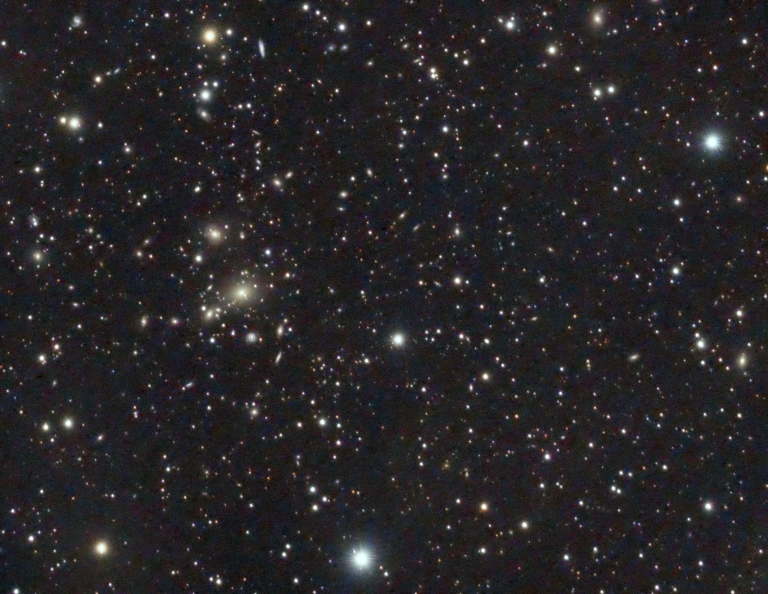
So. Many. Galaxies.
If you point your telescope outside of the Milky Way, you’re almost guaranteed to pick up very distant galaxies, because there are just so many of them out there. This patch of sky inside Cancer is a cluster of galaxies called Abell 671. If you click the image and look at it full size, you’ll…
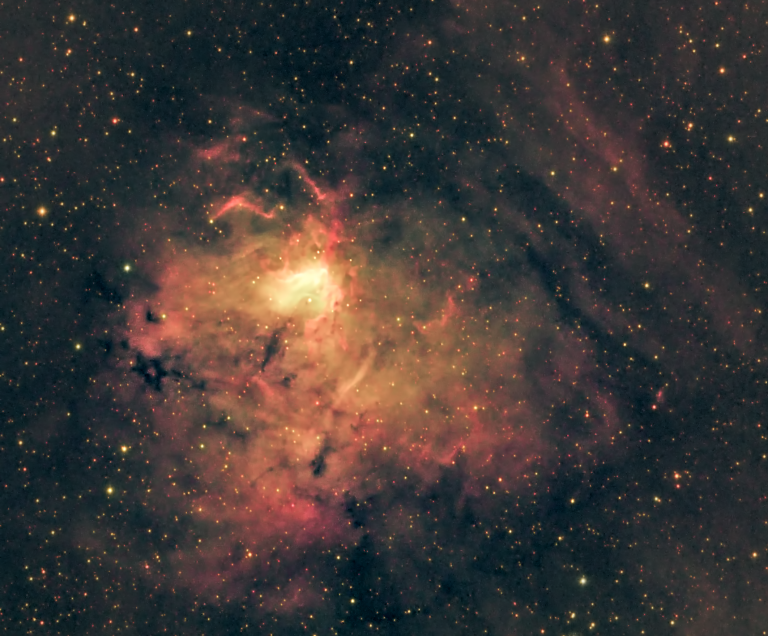
The Nebula with No Name
This dim nebula in the constellation Perseus has no name, apart from its catalog numbers NGC 1491 and LBN 704. I think it deserves one. It reminds me of the Bubble nebula – if you look closely, you’ll see a “bubble” at center being created from the stellar wind of the hot star that is…

